Stable Video Diffusion
Revolutionizing Video Generation with AI
Use the free Stable Video Diffusion service at Stable-Video-Diffusion.com
How to Use Stable Video Diffusion
To use Stable Video Diffusion for transforming your images into videos, follow these simple steps:
Step 1: Upload Your Photo - Choose and upload the photo you want to transform into a video. Ensure the photo is in a supported format and meets any size requirements.
Step 2: Wait for the Video to Generate - After uploading the photo, the model will process it to generate a video. This process may take some time depending on the complexity and length of the video.
Step 3: Download Your Video - Once the video is generated, you will be able to download it. Check the quality and, if necessary, you can make adjustments or regenerate the video.
Note: Stable Video Diffusion is in a research preview phase and is mainly intended for educational or creative purposes. Please ensure that your usage adheres to the terms and guidelines provided by Stability AI.
Stable Video Diffusion Latest Generate
| Input Image | Output Video |
|---|---|
 | |
 | |
 | |
 | |
 | |
 | |
 | |
 | |
 | |
 | |
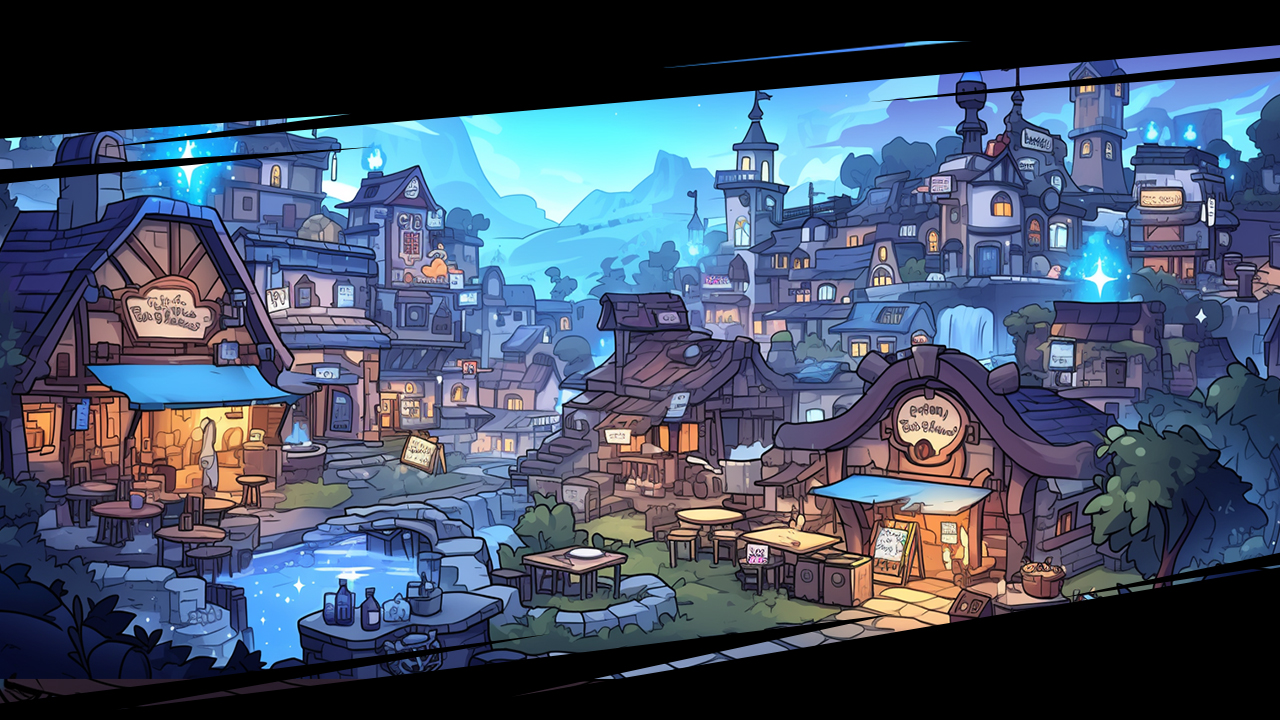 | |
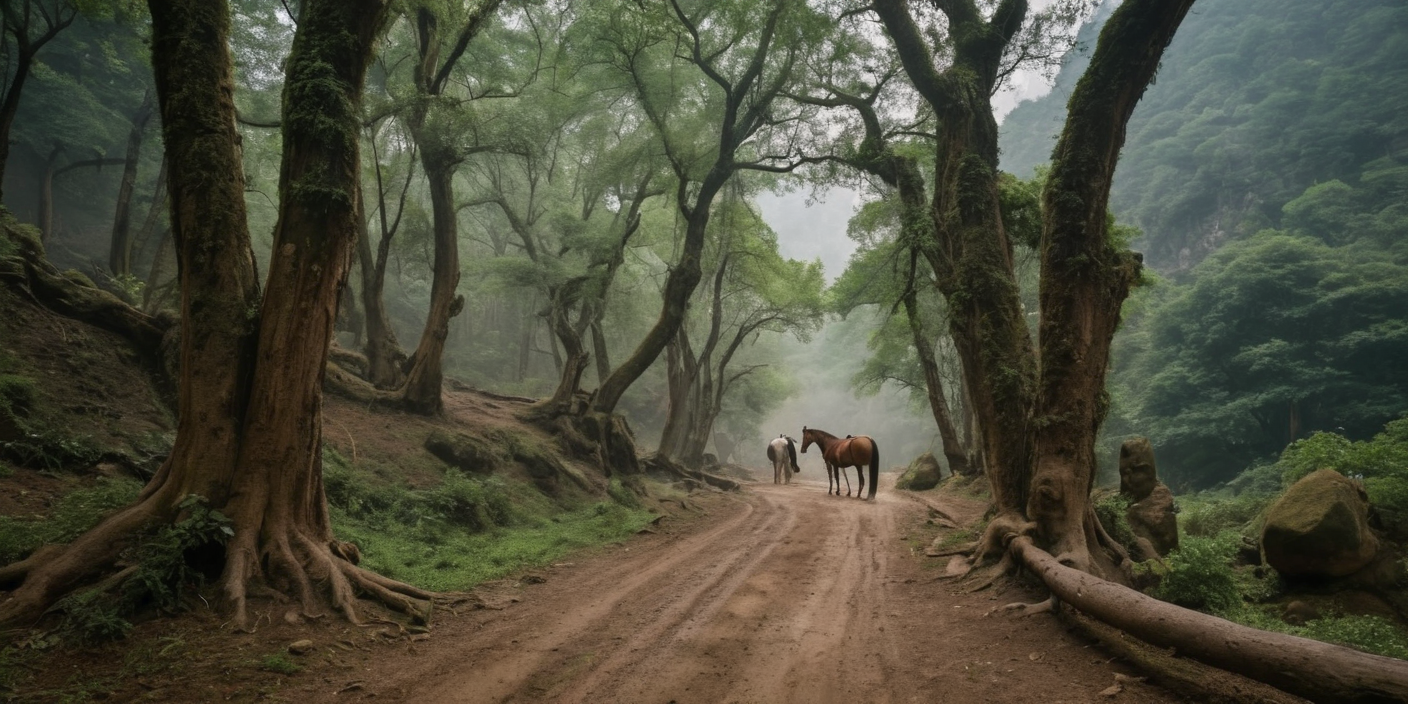 | |
 | |
 | |
 |
Stable Video Diffusion Related Tweets
Stable Video Diffusion can be controlled with prompts 💯
— Consumption (@c0nsumption_) November 27, 2023
It a question of how much.#StableVideo #AIart pic.twitter.com/17UatCNOLtStable Video Diffusion
— ステスロス@創作/画像生成AI/雑学RT (@StelsRay) November 26, 2023
キャラ回転できた!!!
立体感が出て良き! pic.twitter.com/nQn3tKZzlFThe first time I tried the Stable Video Diffusion. It's totally amazing. All clips generated from Comfyui. #AIgirl #Comfyui #Stablevideodiffuion #SVD pic.twitter.com/HpGIeRYynf
— padphone (@lepadphone) November 27, 2023Good night.
— Smoke-away (@SmokeAwayyy) November 27, 2023
Imagine a new world with Stable Video Diffusion. pic.twitter.com/A0peeJFkDY#StableVideoDiffusion pic.twitter.com/WMEfeUOw3N
— TJ - Tokyo Japan Ocean Sailor (@CryptoIntellig6) November 27, 2023Video Alchemy.....#stablevideodiffusion #neuralart #neuralartwork #trippy #SyntheticMedia #surrealism #fantasy #dreamy #color #midjourney #midjourneyai #ai #aiart #aiartwork #aiartcommunity #aigenerated pic.twitter.com/x8A1AreNhm
— Electric Dragon (@insanefool) November 27, 2023Stable Video Diffusion (SVD) - Image to Video
— Anu Aakash (@anukaakash) November 27, 2023
I varied the motion values for the same input image.
Range: 1 to 255 Default: 127
Few observations:
1) Varying motion values has significant effect on the results: higher motion values lead to more movement overall, and also in… pic.twitter.com/N618IFP3E0这几天,Stable Video Diffusion引发了广泛关注,在图像到视频的转换方面,可能将开创全新的领域。使用者们普遍给出了以下评价:
— Jeffery Kaneda 金田達也 (@JefferyTatsuya) November 27, 2023
惊人!
开启新世界
令人赞叹
如同魔法般的转换
让我们来看看大家通过 #SVD 创造的一些例子: pic.twitter.com/LqGBp5EVbGStable Video Diffusionpic.twitter.com/ycMbeqpsZO https://t.co/DnlyHQtoeQ
— Smoke-away (@SmokeAwayyy) November 26, 2023連投申し訳ない。
— gt (@gt2rs4) November 26, 2023
背景は実写で人物がSD入れ替えした画像からのテスト。#stablevideodiffusion #sdxl pic.twitter.com/BE1FMkWus2Even the squirrels are in a festive mood, stocking up on NUTNUTS! 🐿️🌰 Hey @StabilityAI any chance that Stable Video Diffusion license might extend to commercial use? Asking for a friend... and the squirrels, of course! #SquirrelApproved pic.twitter.com/0aFILkdsb5
— neb (@nebsh83) November 26, 2023Stable Video Diffusion to see how far I can go. pic.twitter.com/yDcWIirCNL
— Shaga (@ShagaONhan) November 26, 2023How To Animate Memes - Tutorial :) #memes #animatememe #stablevideodiffusion #svd #memeanimate pic.twitter.com/RsnqsD5kd7
— Curtis Pyke (@itscurtispyke) November 26, 2023Stable Video Diffusion via ComfyUI pic.twitter.com/ietfRb6B1s
— Cyberwizard (@cwizprod1) November 26, 2023We all live onto this planet floating into space at a tremendous speed together with the sun and other planets.
— Timmy Vanheel (@vanheel_timmy) November 26, 2023
Anyway here is a video of a cheetah by a pikah and runway competitor (stable diffusion clones will rise up to our creative vision). 🥰#aivideo #cheetah #highres pic.twitter.com/ZwWpjDNYDeAnother one from Stable Diffusion Video and Midjourney pic.twitter.com/tC4oBfT9MS
— Litecloud♻️ (@litecloudx) November 26, 2023Having some fun with Stable Video Diffusion on ComfyUI. What should I call these little creatures? One always seems to freak out when I run the image through SVD 😂 pic.twitter.com/ZFbAYiO0ig
— Serg (@Sergatx) November 26, 2023Stable Video Diffusion, I was expecting something funny to happen, but she just look like possessed. pic.twitter.com/8uIR8TCa0z
— Shaga (@ShagaONhan) November 26, 2023Stable-video-diffusion to bring memes alive pic.twitter.com/W8RakIWtn5
— jason zhou (@jasonzhou1993) November 26, 2023Today i spent 6 hours building a one prompt workflow: storyboards, scripts, image generation, and 4k video using the new stable diffusion video model.
— WEBB (@WebbEmotional) November 25, 2023
Then that took 10 minutes to create this. pic.twitter.com/JbfoSctnpTImage to Video :
— Anu Aakash (@anukaakash) November 25, 2023
- Stable Video Diffusion (SVD)
- Runway
- Pika Labs
Images: Midjourney
Notes:
1) I used Stable Video Diffusion (SVD) on Replicate.
2) I tried a few times in each of the platforms and picked the result I liked the most.
3) By experimenting with different… pic.twitter.com/qfy2L8lv8kMidjourney + Magnific AI + Stable Diffusion Video + Topaz AI = WOW !!🤯 !! 😃 !! 🎞️
— Steve Mills (@SteveMills) November 25, 2023
The next generative video production workflows are rapidly taking shape. pic.twitter.com/H5KcGKccBxMemes come to life with stable video diffusion – mind-blowing! 🔥 pic.twitter.com/slnehPQGgS
— Pietro Schirano (@skirano) November 24, 2023Stable Video Diffusion test pic.twitter.com/aHz1HLoFft
— 852話(hakoniwa) (@8co28) November 23, 2023Install Stable Video on Your Laptop with 1 Click.
— cocktail peanut (@cocktailpeanut) November 24, 2023
Introducing a brand-new 1 Click Installer for ComfyUI, featuring full Stable Video Diffusion support!
Generate video on your LOCAL machine with Stable Video and run it for free, unlimited, with one click.
And it's REALLY fast! pic.twitter.com/RikLrHtOTrstable diffusion video、あっという間にもうここまで来たのか…
— 賢木イオ@スタジオ真榊 (@studiomasakaki) November 25, 2023
あらゆるミームが動き出す時代
pic.twitter.com/Xy8YFpfzuYSDV (Stable Diffusion Image To Video) Google Colab available here for anyone who wants to play along at home.https://t.co/rnFQ9c4IcS
— Steve Mills (@SteveMills) November 24, 2023
Generates 3 seconds of video in about 30 seconds using an A100 GPU on Colab+
No control of the actual video in any way at all (yet), but it… pic.twitter.com/SRUqPYwOtfStable Diffusion Video is actually bananas, this took 30 seconds pic.twitter.com/KaFRxfg1BD
— Chris Frantz (@frantzfries) November 24, 2023some fun with Stable Video Diffusion and Stable Audio pic.twitter.com/MR3AWP1YoA
— pharmapsychotic (@pharmapsychotic) November 21, 2023Little video I made using Stable Video Diffusion...#AIArtworks #AIart #midjourney #DALLE3 #comfyui #MachineLearning #art #AIArtworks #stablediffusion #ChatGPT4 #GROK #openai pic.twitter.com/rAmJ6myXyv
— ART OFFICIAL (@Still_Frame_1) November 25, 2023Stable video diffusion. pic.twitter.com/dk5f4lJ4oA
— Wonder Citizen (@wonder_citizen) November 26, 2023
About Stable Video Diffusion
Stable Video Diffusion, a groundbreaking AI model developed by Stability AI, is revolutionizing the field of video generation. As the first foundational model for generative video based on the image model Stable Diffusion, this tool represents a significant advancement in creating diverse AI models for various applications.
Stable Video Diffusion Examples
| Input Image | Output Video |
|---|---|
 | |
 | |
 |
Stable Video Diffusion Introduction
What is Stable Video Diffusion?
Stable Video Diffusion is a state-of-the-art generative AI video model that's currently available in a research preview. It's designed to transform images into videos, expanding the horizons of AI-driven content creation.
Why It Matters
This model opens up new possibilities for content creation across sectors like advertising, education, and entertainment. By automating and enhancing video production, it allows for greater creative expression and efficiency.
Technical Aspects
Model Variants: SVD and SVD-XT
Stable Video Diffusion comes in two variants: SVD and SVD-XT. SVD can transform images into 576×1024 resolution videos with 14 frames, while SVD-XT extends this to 24 frames. Both models can operate at frame rates ranging from 3 to 30 frames per second.
Training and Data
To develop Stable Video Diffusion, Stability AI curated a large video dataset with approximately 600 million samples. This dataset was pivotal in training the base model, ensuring its robustness and versatility.
Practical Applications and Limitations
Usage in Various Sectors
The model's flexibility makes it adaptable for various video applications, such as multi-view synthesis from single images. It has potential uses in advertising, education, and beyond, offering a new dimension to video content generation.
Current Limitations
Despite its capabilities, Stable Video Diffusion has certain limitations. It struggles with generating videos without motion, controlling videos via text, rendering text legibly, and consistently generating faces and people accurately. These are areas for future improvement.
Community and Development
Open Source and Collaboration
Stable Video Diffusion's code is available on GitHub, and the weights needed to run the model locally can be found on Hugging Face. This open-source approach fosters collaboration and innovation within the developer community.
Future Prospects
Stability AI plans to build and extend upon these models, including a "text-to-video" interface. The ultimate goal is to evolve these models for broader, more commercial applications, expanding their impact and utility.
Conclusion
Stable Video Diffusion by Stability AI is not just a breakthrough in AI and video generation; it's a gateway to unlimited creative possibilities. As the technology matures, it promises to transform the landscape of video content creation, making it more accessible, efficient, and imaginative than ever before. For further details and technical insights, refer to Stability AI's research paper
Stable Video Diffusion: Frequently Asked Questions
General Questions
What is Stable Video Diffusion?
Stable Video Diffusion is an AI-based model developed by Stability AI, designed to generate videos by animating still images. It's a pioneering tool in the field of generative AI for video.
Why is Stable Video Diffusion significant?
It represents a major advancement in AI-driven video generation, offering new possibilities for content creation across various sectors, including advertising, education, and entertainment.
Technical Aspects
What are the different variants of Stable Video Diffusion?
There are two variants: SVD and SVD-XT. SVD creates 576×1024 resolution videos with 14 frames, while SVD-XT extends the frame count to 24.
What are the frame rates of Stable Video Diffusion models?
Both models, SVD and SVD-XT, can generate videos at frame rates ranging from 3 to 30 frames per second.
What are the limitations of Stable Video Diffusion?
The model has difficulties generating videos without motion, cannot be controlled by text, struggles with rendering text legibly, and sometimes inaccurately generates faces and people.
Usage and Applications
Can Stable Video Diffusion be used for commercial purposes?
Currently, Stable Video Diffusion is in a research preview and not intended for real-world commercial applications. However, there are plans for future development towards commercial uses.
What are the intended applications of Stable Video Diffusion?
The model is intended for educational or creative tools, design processes, and artistic projects. It's not meant for creating factual or true representations of people or events.
Access and Community
Where can I access the Stable Video Diffusion model?
The code is available on GitHub, and the weights can be found on Hugging Face.
Is Stable Video Diffusion open source?
Yes, Stability AI has made the code for Stable Video Diffusion available on GitHub, encouraging open-source collaboration and development.
Future Prospects
What are the future developments planned for Stable Video Diffusion?
Stability AI plans to build and extend upon the current models, including developing a "text-to-video" interface and evolving the models for broader, commercial applications.
How can I stay updated on Stable Video Diffusion's progress?
You can stay informed about the latest updates and developments by signing up for Stability AI's newsletter or following their official channels.
Conclusion
How will Stable Video Diffusion impact video generation?
Stable Video Diffusion is poised to transform the landscape of video content creation, making it more accessible, efficient, and creative. It's a significant step towards amplifying human intelligence with AI in the realm of video generation.
Additional Concerns
How does Stable Video Diffusion compare to other AI video generation models?
Stable Video Diffusion is one of the few video-generating models available in open source. It's known for its high-quality output and flexibility in applications. It compares favorably to other models in terms of accessibility and the quality of generated videos.
What kind of training data was used for Stable Video Diffusion?
Stable Video Diffusion was initially trained on a dataset of millions of videos, many of which were from public research datasets. The exact sources of these videos and the implications of their use in terms of copyrights and ethics have been points of discussion.
Can Stable Video Diffusion generate long-duration videos?
Currently, the models are optimized for generating short video clips, typically around four seconds in duration. The capability to produce longer videos might be a focus for future development.
Are there any ethical concerns associated with the use of Stable Video Diffusion?
Yes, like any generative AI model, Stable Video Diffusion raises ethical concerns, particularly around the potential for misuse in creating misleading content or deepfakes. Stability AI has outlined certain non-intended uses and emphasizes ethical usage.
How can developers and researchers contribute to the development of Stable Video Diffusion?
Developers and researchers can contribute by accessing the model's code on GitHub, experimenting with it, providing feedback, and possibly contributing to its development through pull requests or discussions.
What impact could Stable Video Diffusion have on creative industries?
Stable Video Diffusion could significantly impact creative industries by providing a tool for rapid and diverse video content creation. It could enhance creative processes in filmmaking, advertising, digital art, and more.
Is there a community or forum where I can discuss Stable Video Diffusion?
Yes, interested users can join discussions on forums like GitHub or relevant subreddits. Also, Stability AI may have community channels or forums for discussions and updates.
Are there any tutorials or learning resources available for Stable Video Diffusion?
As of now, specific tutorials for Stable Video Diffusion may be limited, but resources might become available as the community grows. Users can look for documentation on GitHub or Hugging Face for initial guidance.
What are the computational requirements to run Stable Video Diffusion?
Running Stable Video Diffusion requires a significant amount of computational power, typically involving high-performance GPUs. The exact requirements can be found in the documentation on GitHub or Hugging Face.
What is the future vision for Stable Video Diffusion?
The long-term vision for Stable Video Diffusion is to develop it into a versatile, user-friendly tool that can cater to a wide range of video generation needs across various industries, driving innovation in AI-assisted content creation.
Contact us
If you have any issues, questions or suggestions please contact us via hello(@)stable-video-diffusion.com